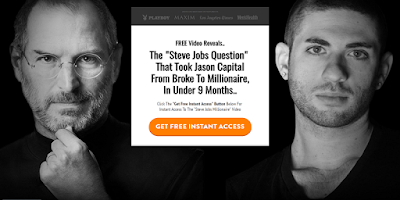The hardest part of becoming successful is getting started to begin with. But despite the challenges ahead of you, there’s a way to become a millionaire when starting with little. I’m going to show you four reasons why you can become a millionaire with just a small investment.
Focus on learning, not big gain
Education is your greatest weapon. Focus on learning in the beginning. Don’t make the mistake of focusing on making huge gains in the beginning. Learn everything you can because this is how you build the foundations for long-term gains.
They say that if a millionaire goes bankrupt they’ll nearly always be able to get it back. And that’s because they might have lost their money, but they have the knowledge of how to get back to where they need to be.
I’m grateful for the internet. It’s the single biggest library in the world. You’re reading this article right now and you’re acquiring knowledge you wouldn’t have been able to acquire 40 years ago. Use the internet to its fullest extent, whether that’s through reading books, browsing articles or watching video tutorials.
Set some time aside every day to learn something online. It could be a video series or a favorite blog. When you get into the habit of learning regularly you’ll find that you advance much faster.
Focus on the niche you love
These days you can learn about anything and target the niche you’re passionate about. This is what I was able to do with penny stocks. I found a gap in the market and provided knowledge to people who wouldn’t have otherwise being able to access this sort of information.
You can do that with absolutely any niche. When you find a niche you’re passionate about and you use the reach of the Internet you start to make huge gains.
Prove your expertise by creating free content
Your reputation as an authority is the new business card. There’s a reason I created a penny stock guide and made it free for all. You may have already seen ads for it on social media. The way to succeed with little is to create a reputation through your content.
It’s the gateway to success because through free content you start to build relationships with others who value your work. And from there everyone gets richer.
You can do lots with a little
The days when you needed a huge investment to become successful are long gone. These days you can do so much with just a little. Find what you love, advance your knowledge in that area, and create a product that fulfills a need. Finally, work on building up relationships through portraying yourself as an authority on your subject.
Combine everything together and you can accomplish anything.

